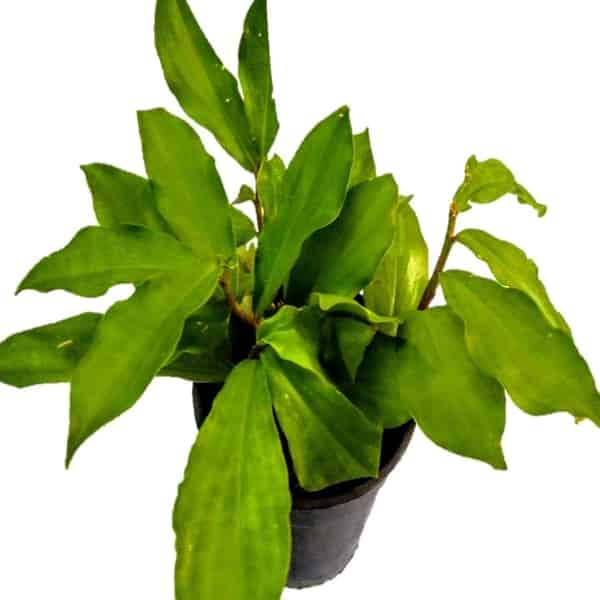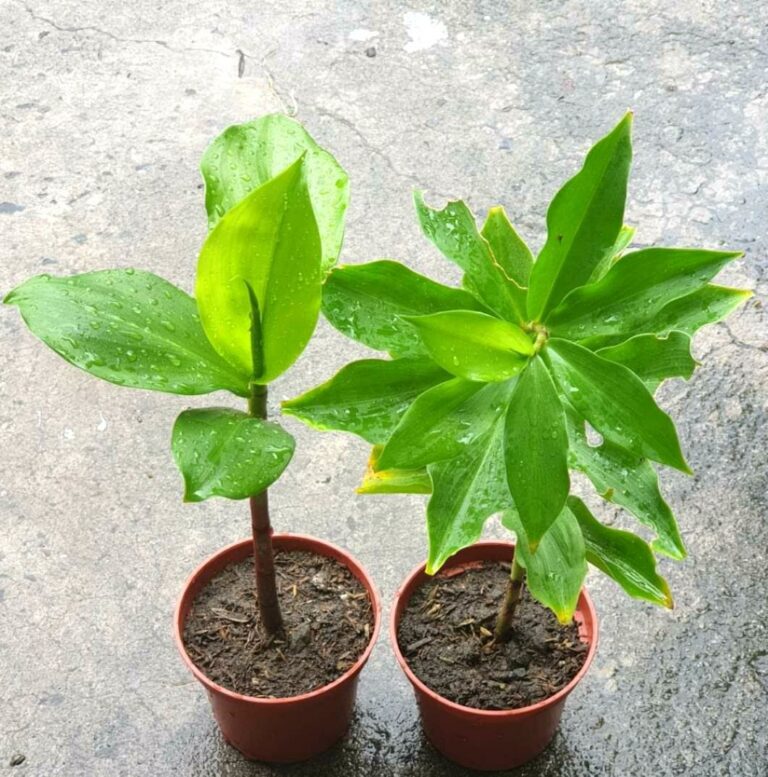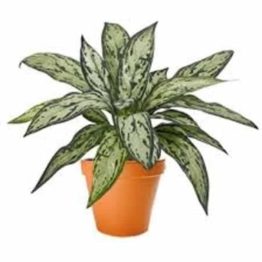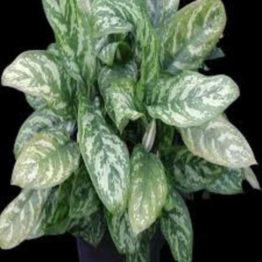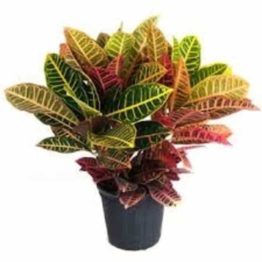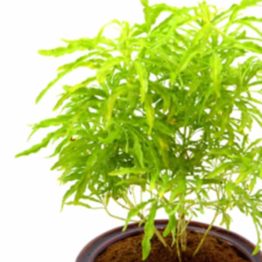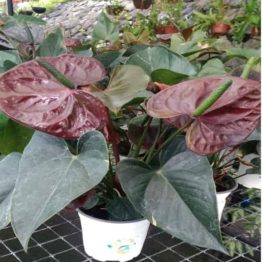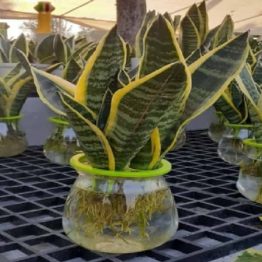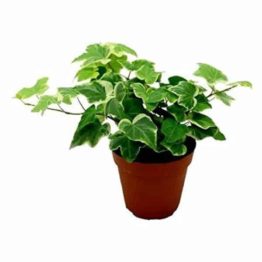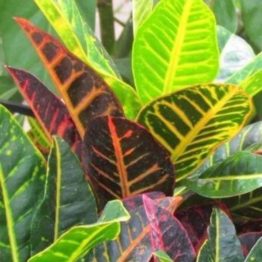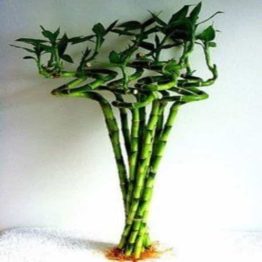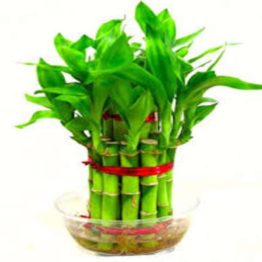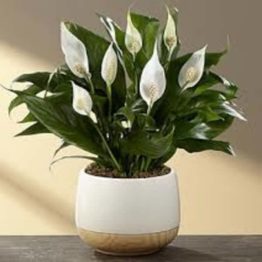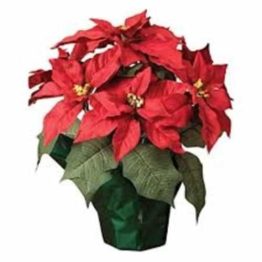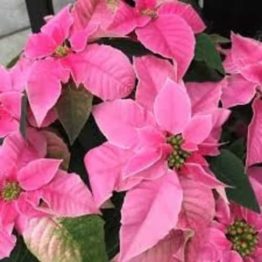Description
Costus Igneus Nak and Costus Pictus D. Don, commonly known as the Insulin plant, is a member of Costaceae and a newly introduced plant in India from South and Central America. It is a perennial, upright, spreading plant reaching about two feet tall, with spirally arranged leaves and attractive flowers.
In southern India, it usually grows as an ornamental plant and its leaves are used as a dietary supplement in the treatment of diabetes mellitus.
What makes it special:
- One of the best herbal (Antidiabetic) plants.
- Low maintenance plant.
- The perfect plant for an outdoor garden.
| Common Name | Fiery costus, Spiral flag, Insulin plant |
| Flower Colour | Orange |
| Bloom Time | Summer |
| Height Specification | Up to 2 feet |
| Growing Care | Easy to grow |
Medicinal Use
- A plant has the therapeutic potential of the leaves in diabetes
- The leaves of the Insulin Plant contain corosolic acid which helps to generate insulin thereby treating diabetes.
- It has been proven to possess various pharmacological activities like hypolipidemic, diuretic, antioxidant, anti-microbial.
- Note: The given information is general guidelines, be sure to ask your healthcare provider for guidelines
Care for Insulin Plant
- Keep the plant in natural direct or indirect bright Sunlight.
- Poke your finger/plain small stick into the soil to check the moisture.
- Water when topsoil (1-2inches) feels dry to touch.
- Do not re-pot for min. 2 weeks after receiving it
- Do not overwater the plant.
- Water thoroughly in the summer and reduce watering in the winter and rainy seasons.
- Allow the soil to dry out between waterings.
- Also, prepare the soil with fertilizers and plant feed before planting the tree.
- Apply the organic fertilizer.
- During the main growing season (August-December) feed the plant with organic fertilizer once a month.
- Loosen the topsoil without disturbing the roots of the plant so it can uptake nutrients and moisture easily.
- Remove dead, infected, or damaged plant parts and discard them away from the plants.
- For any insect attack or disease, you can use Neem oil, Eucalyptus oil, or Citrus oil spray for primary treatment.
Disclaimer: The image is for reference purposes only. The actual product may vary in shape or appearance based on climate, age, height, etc.
